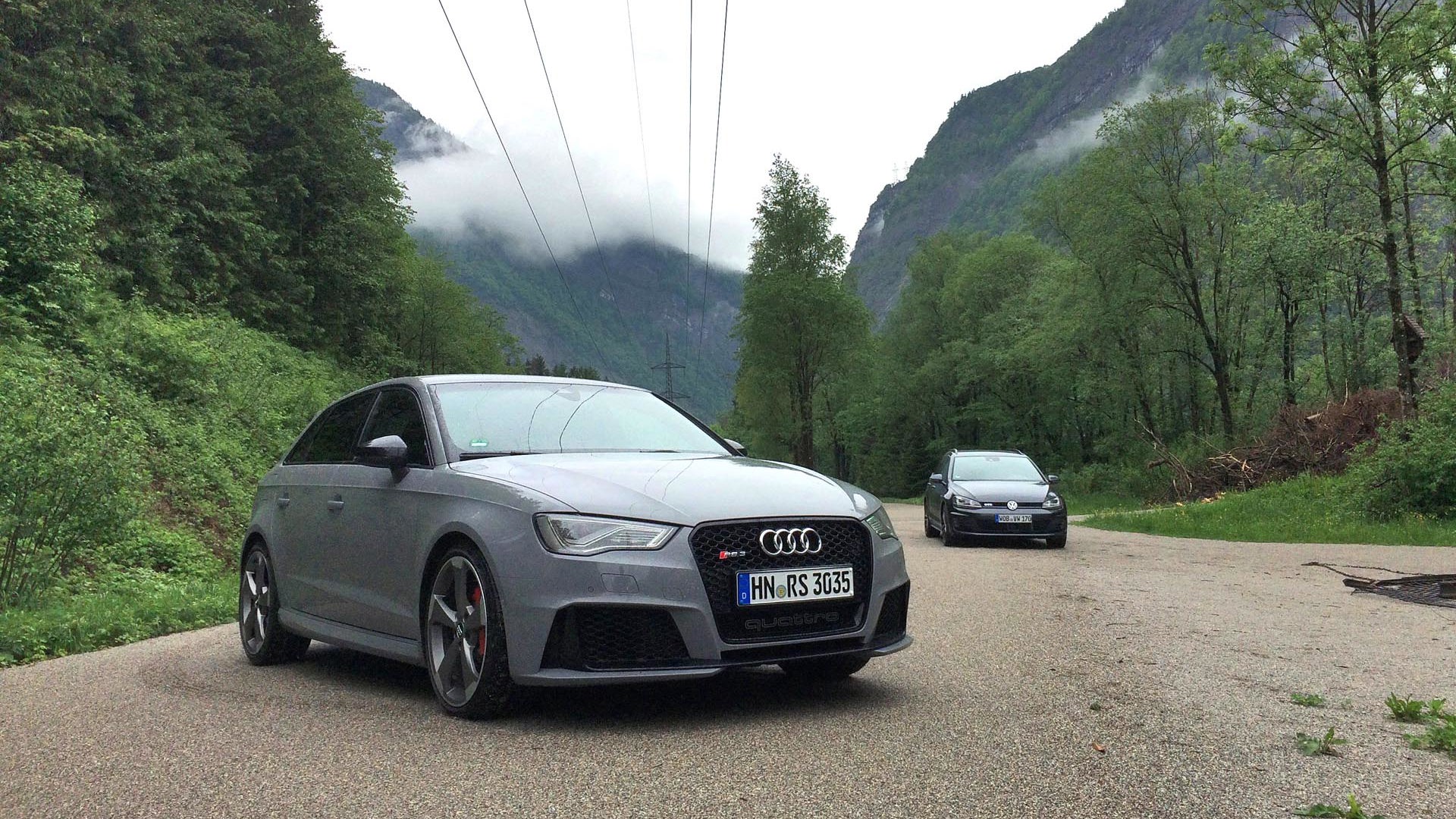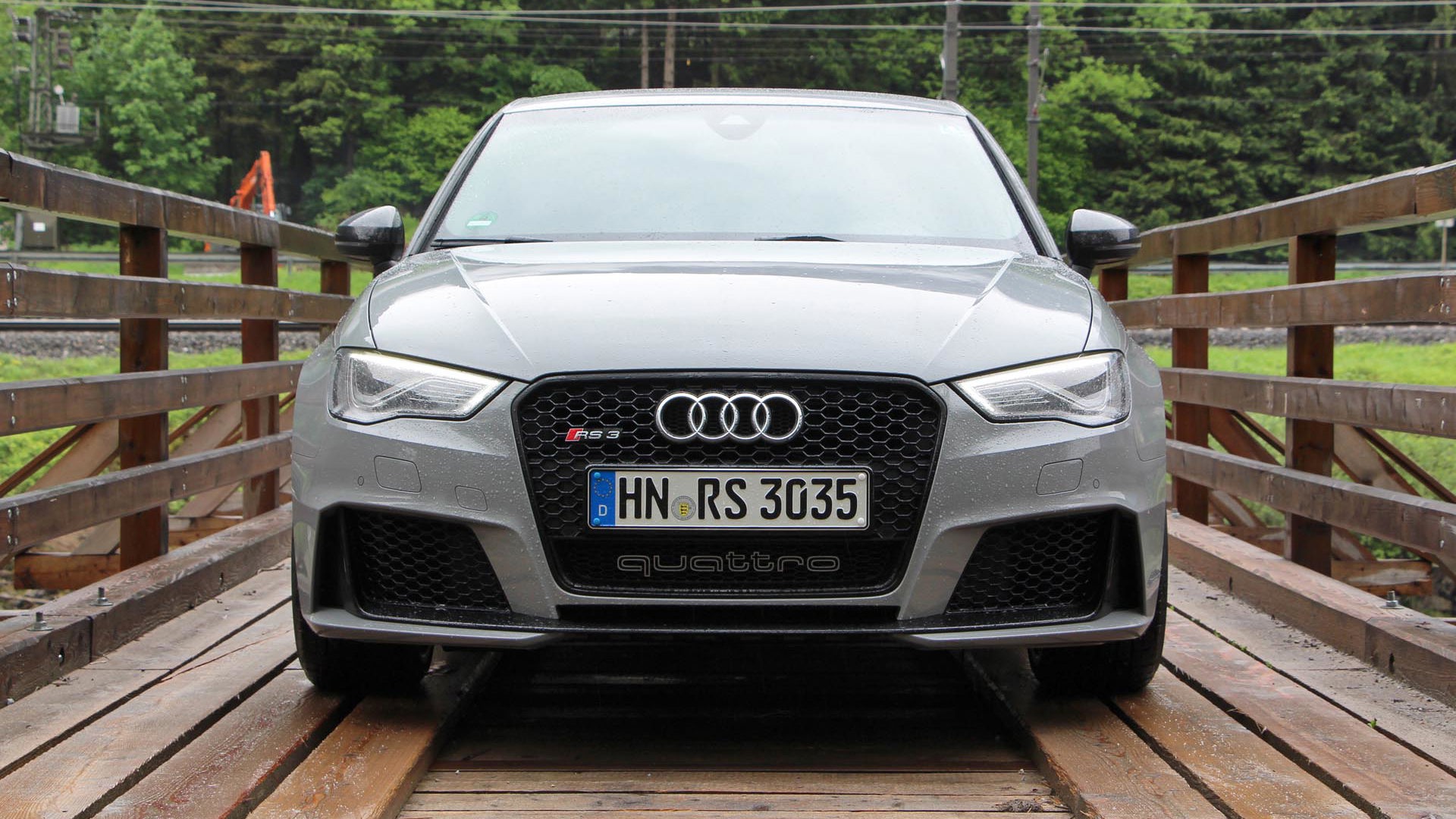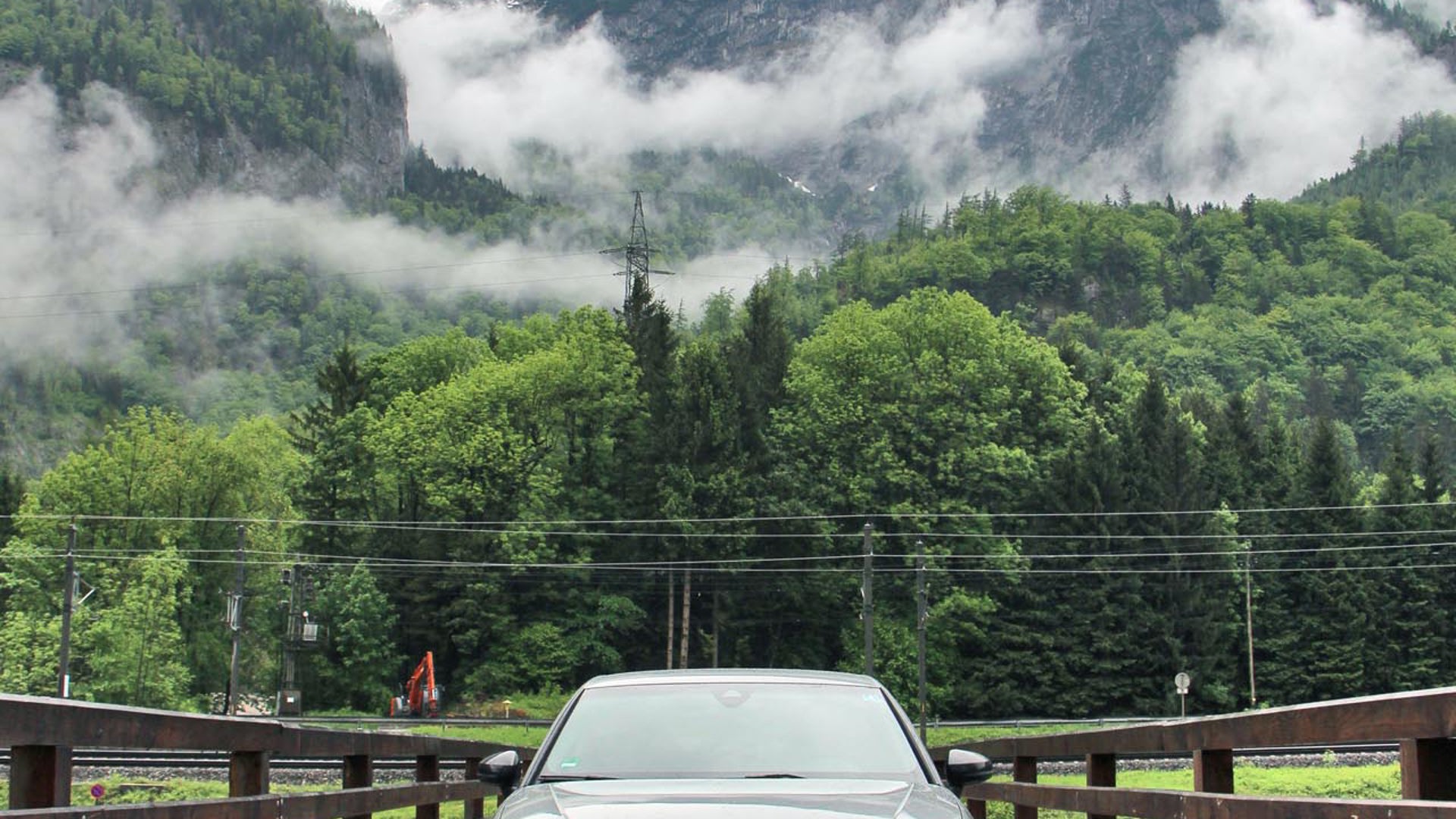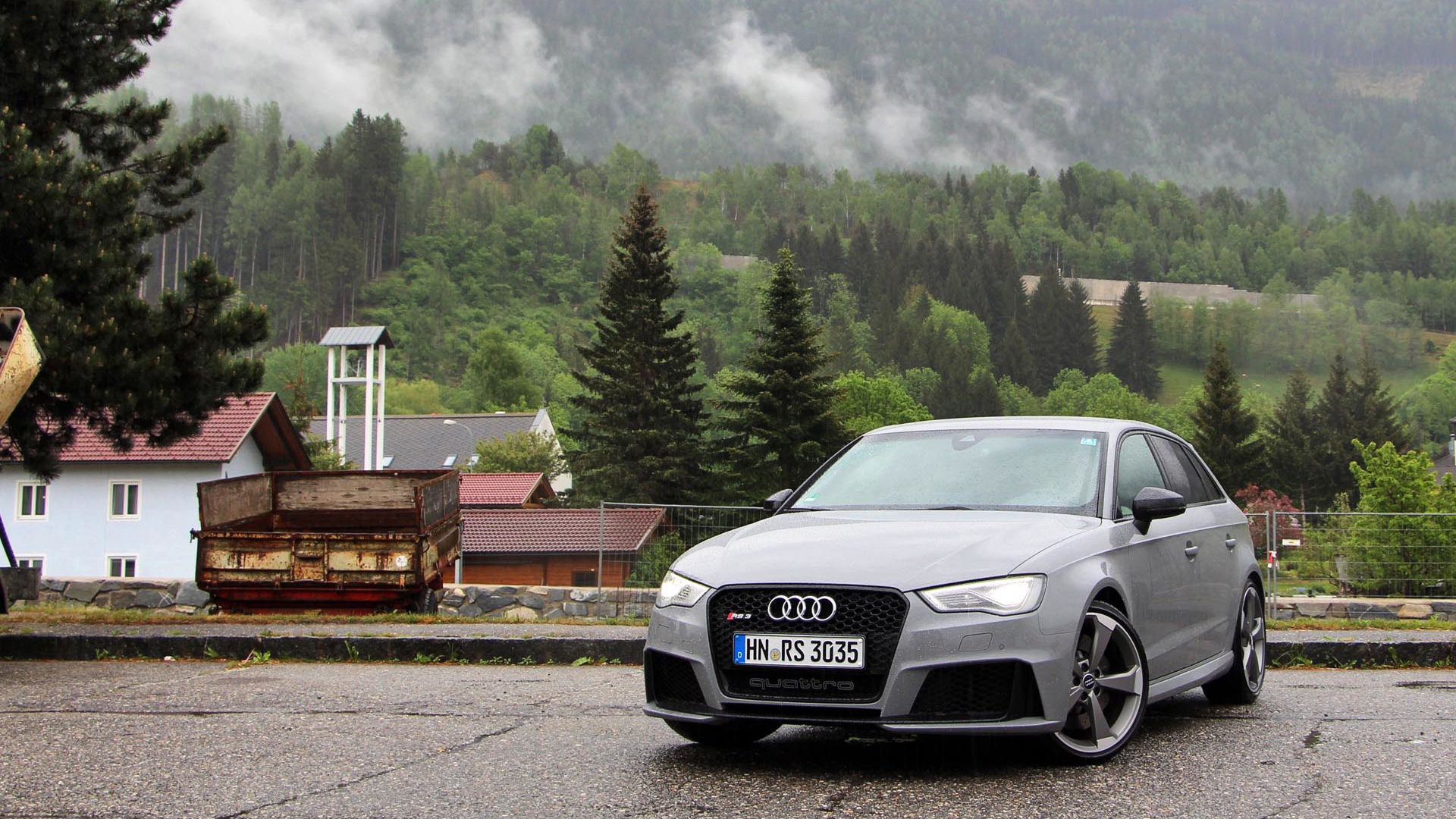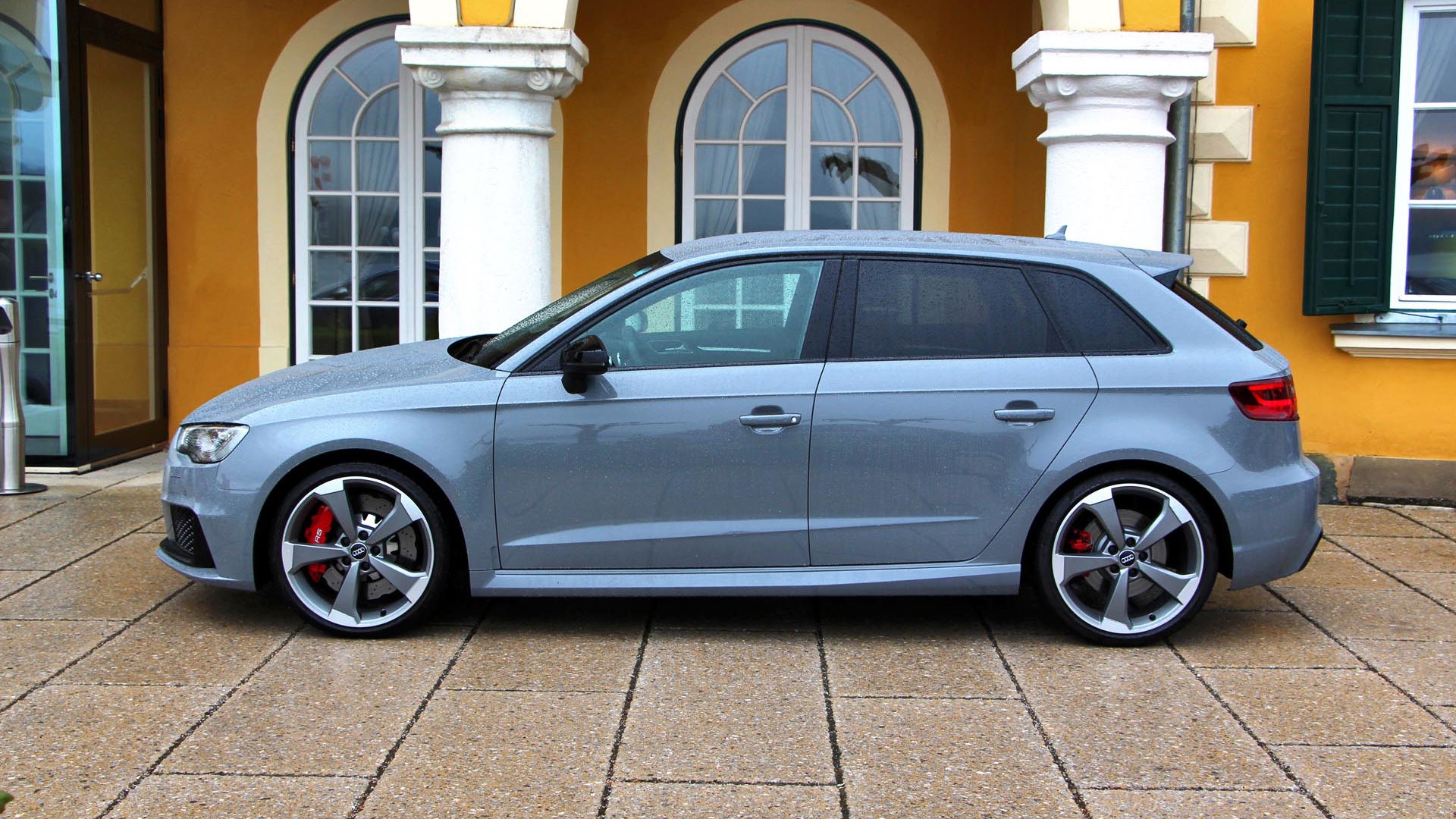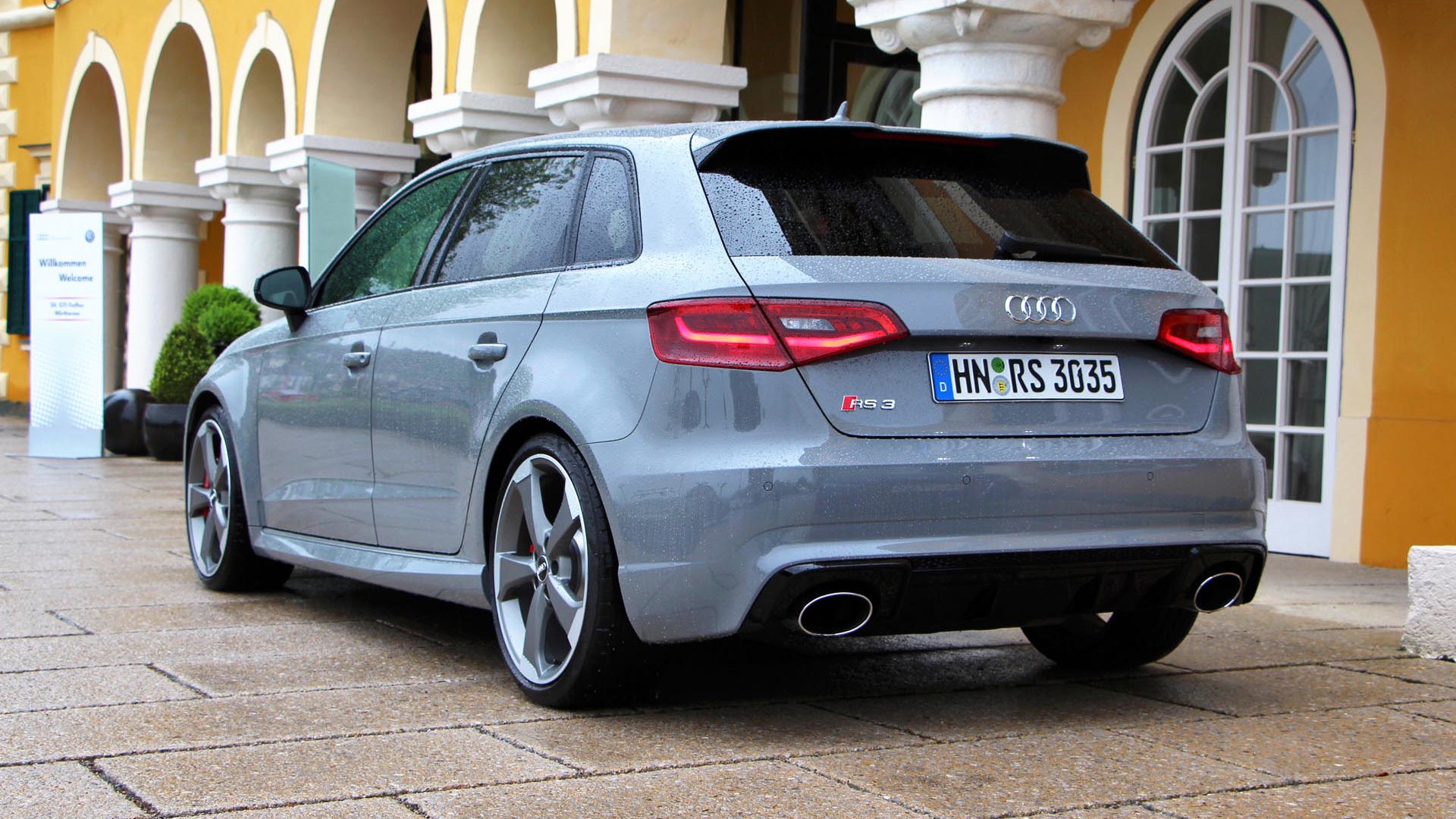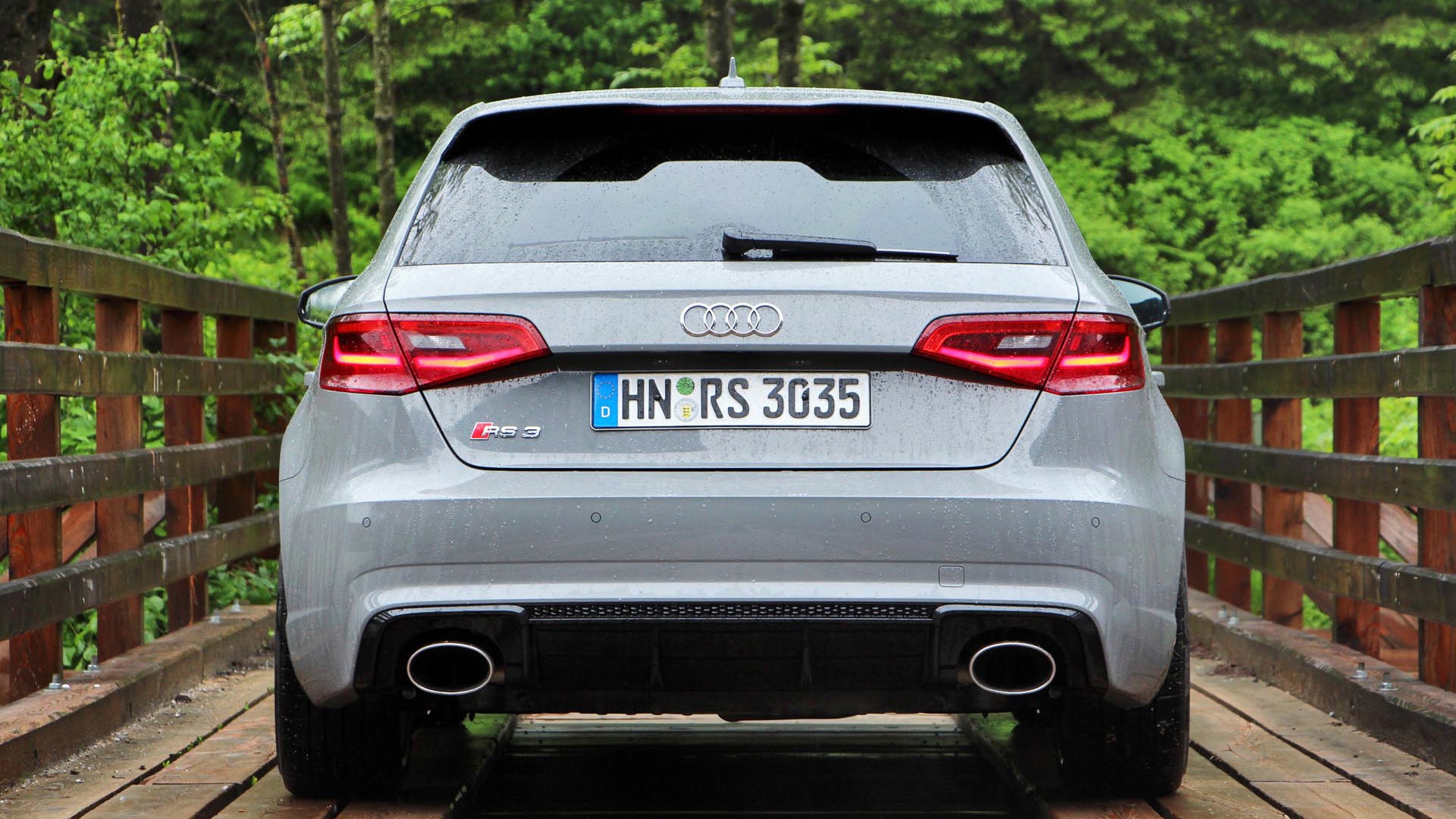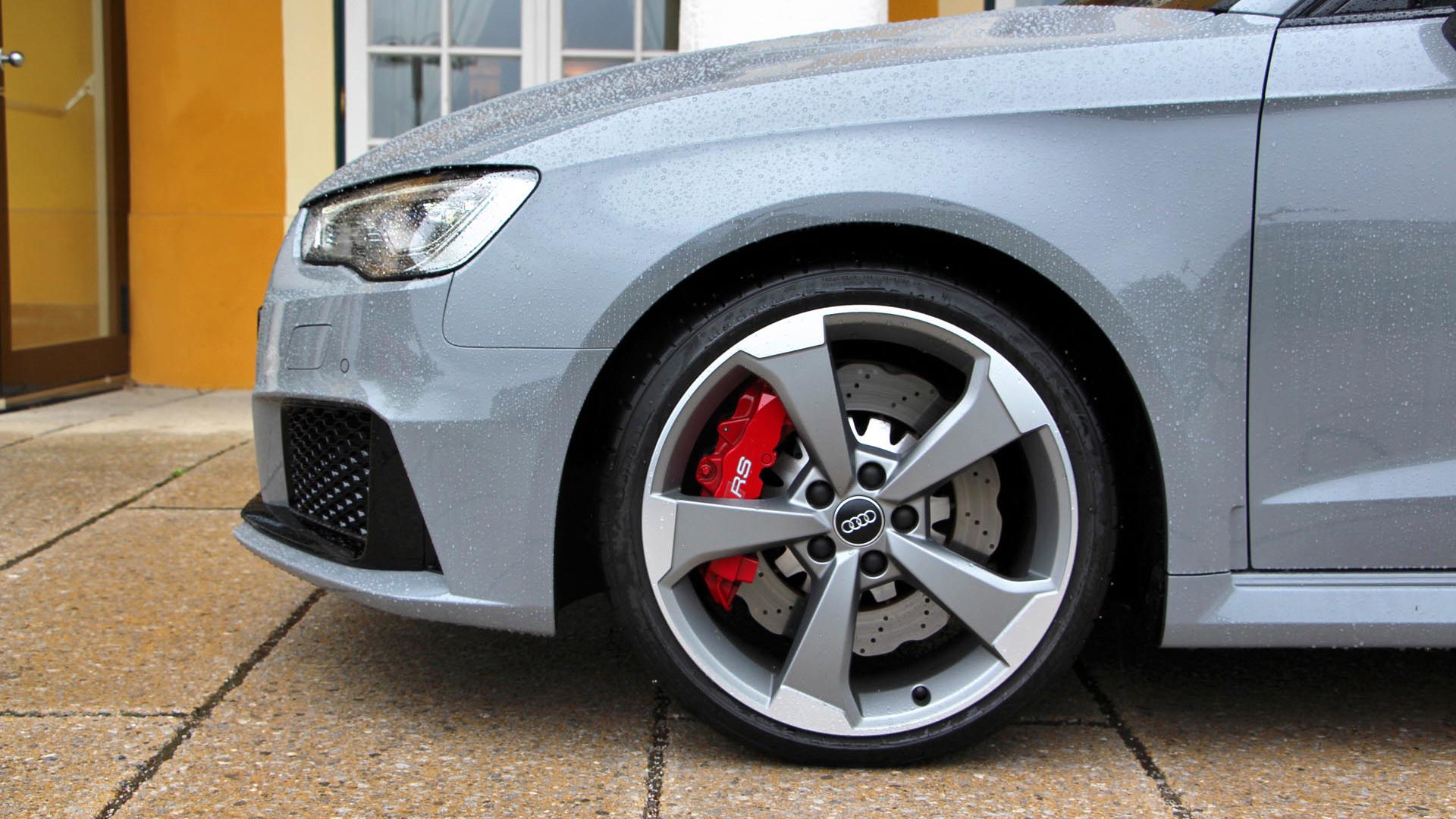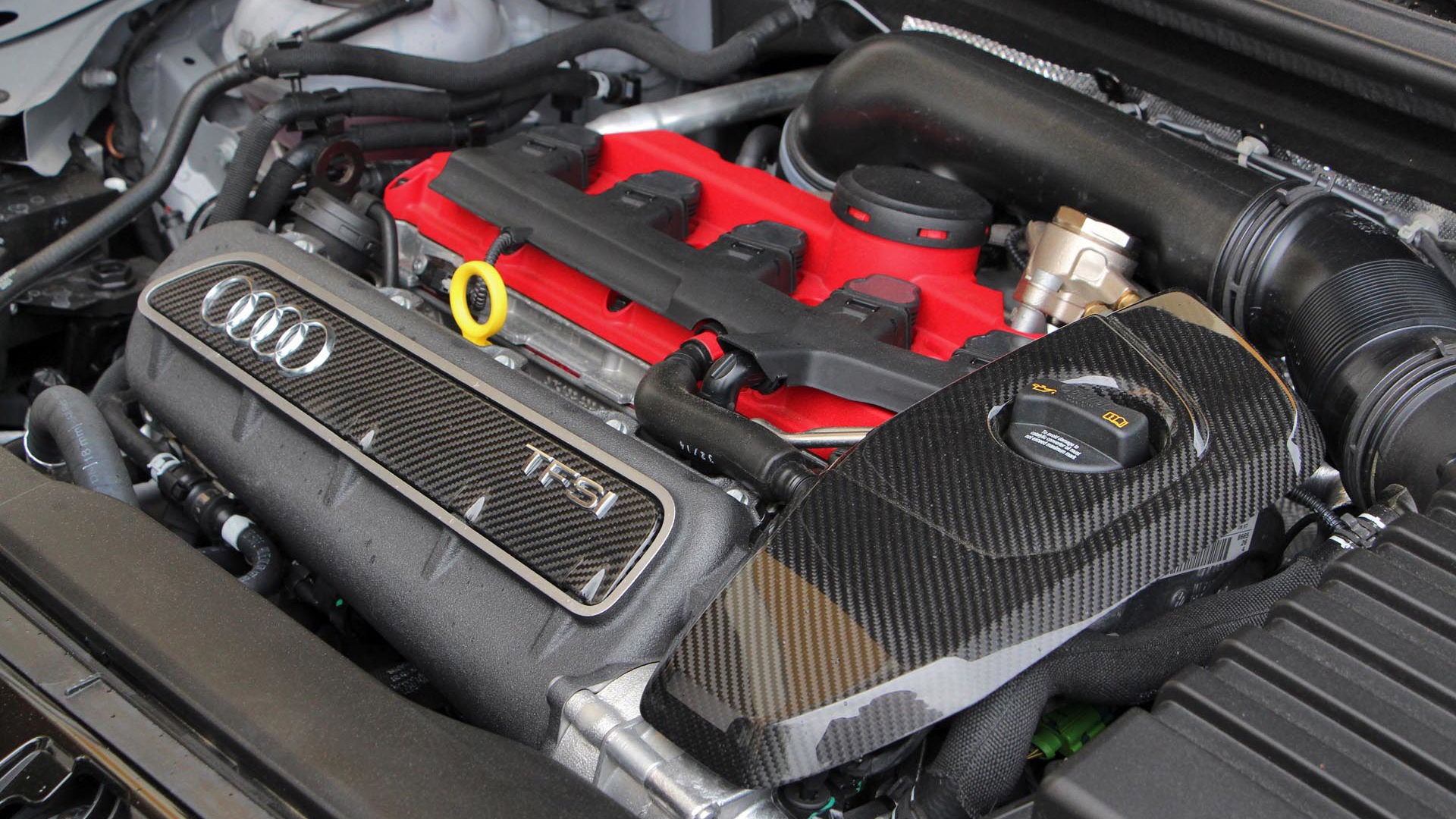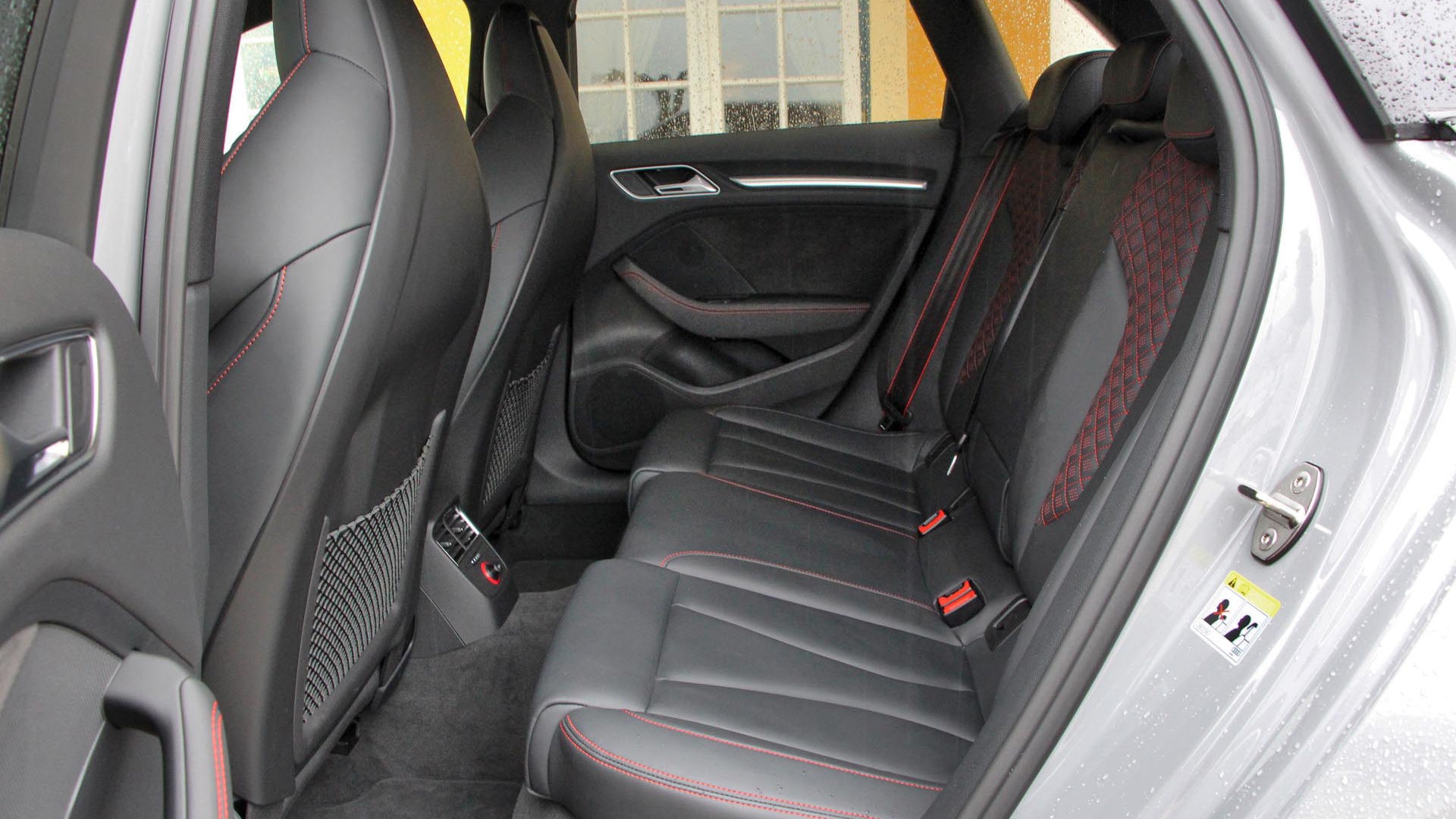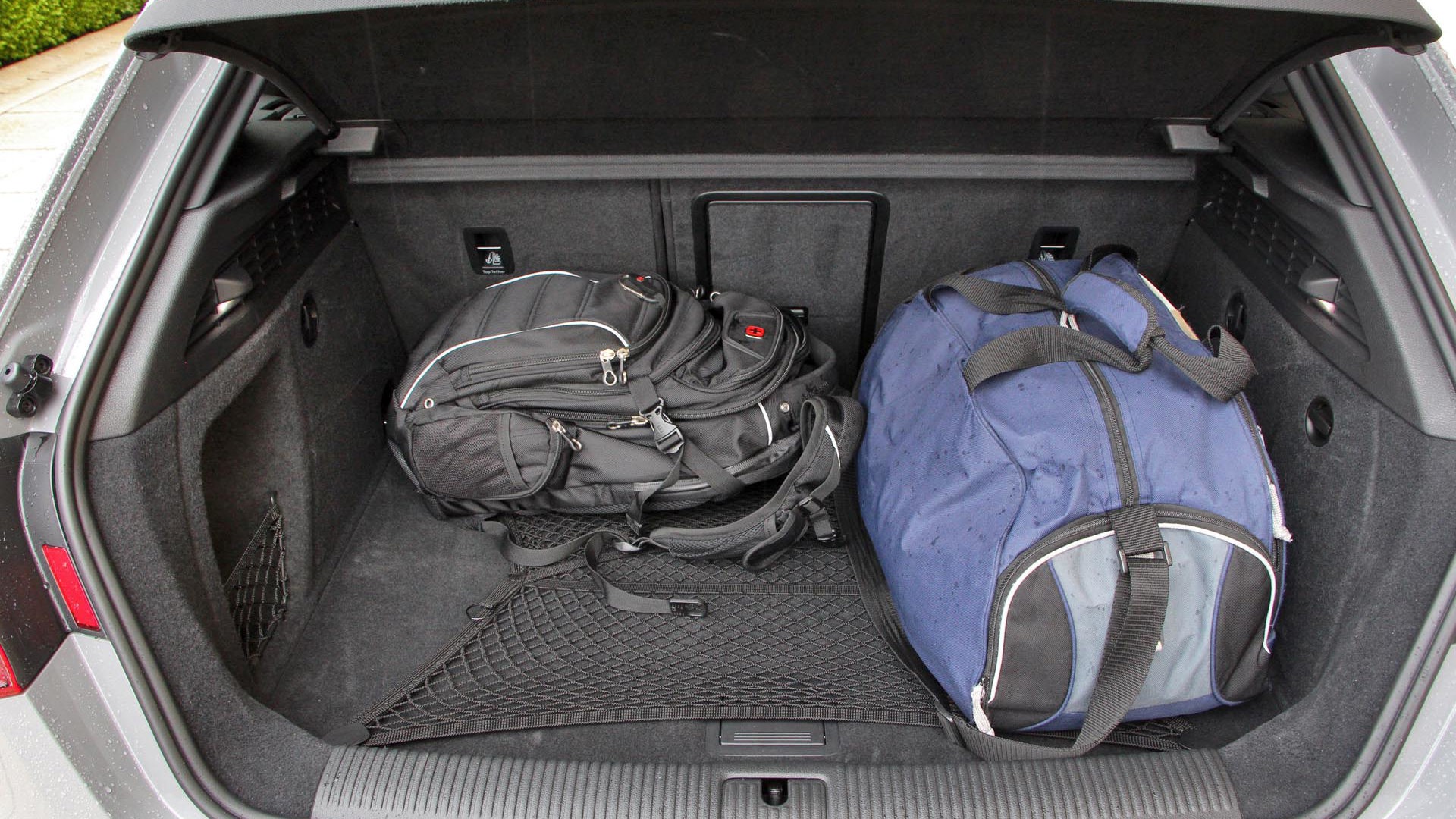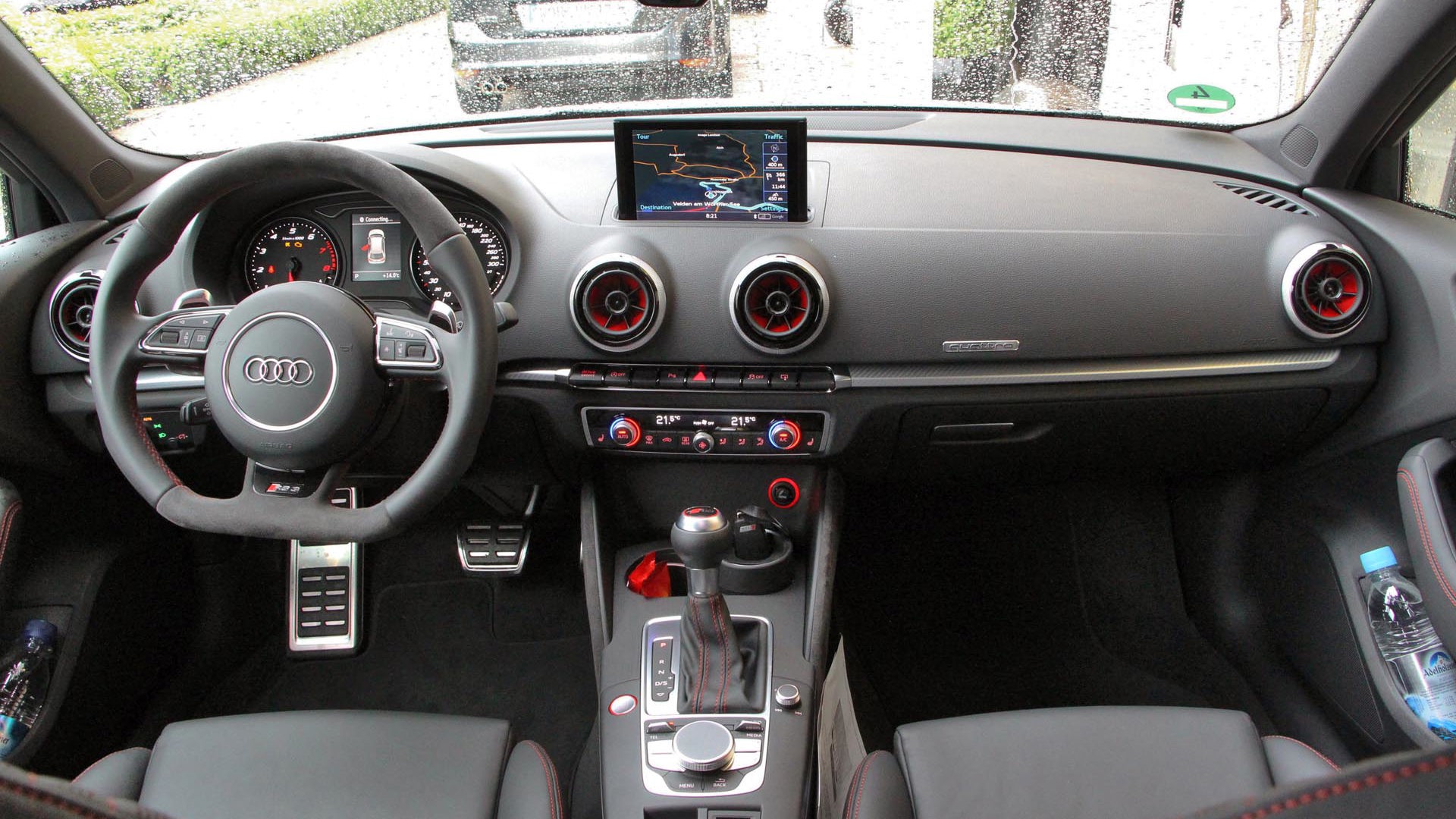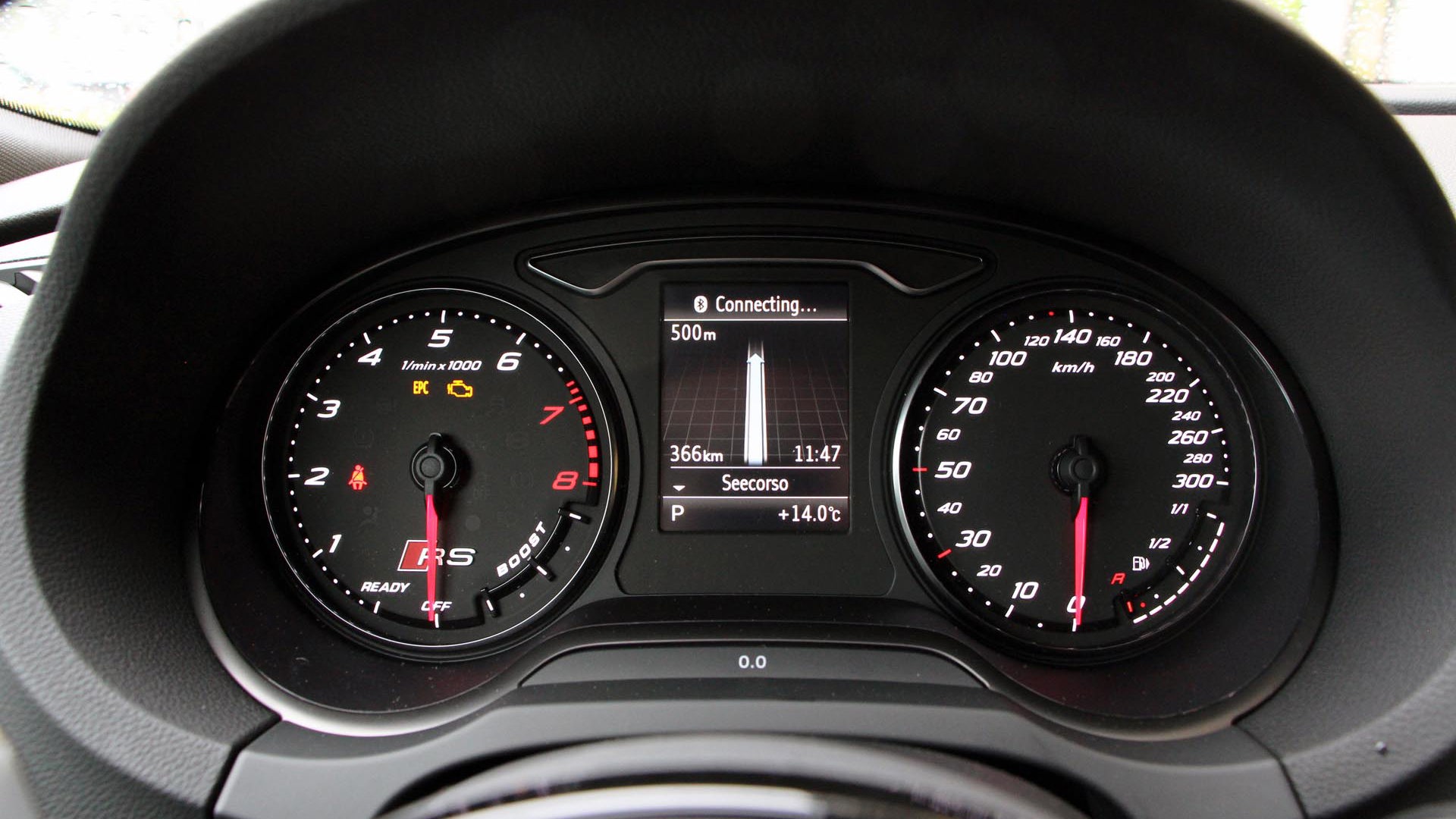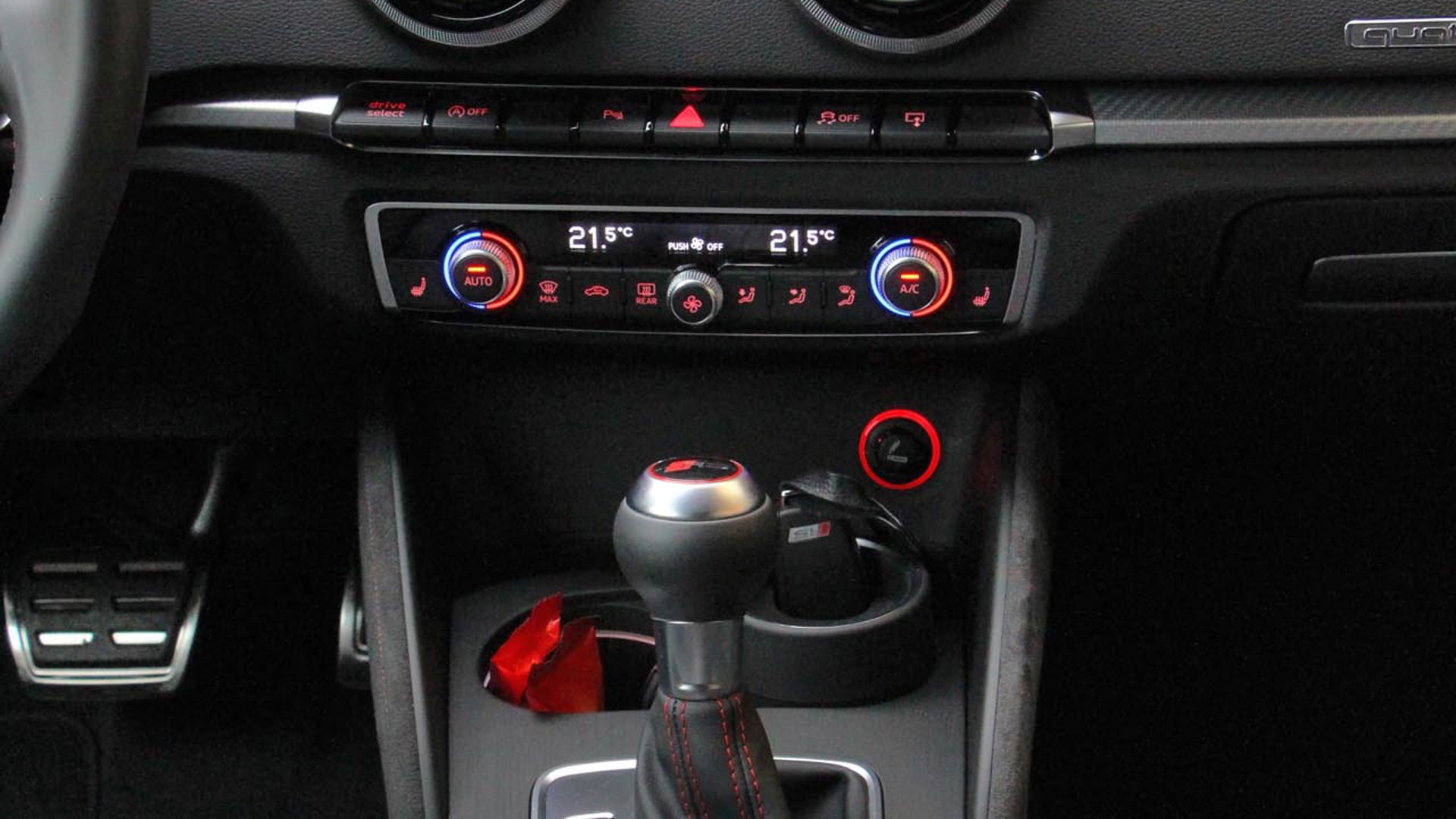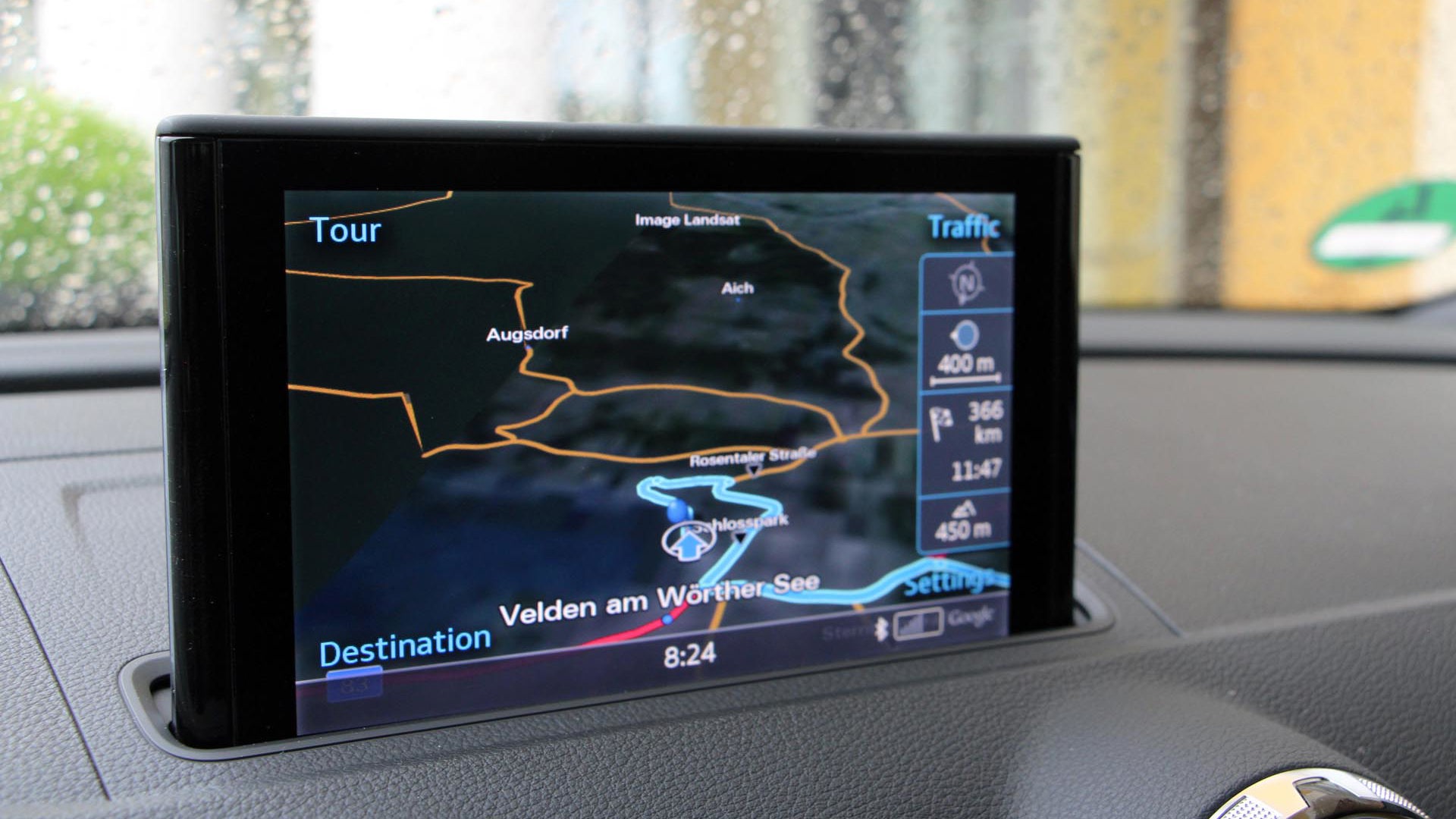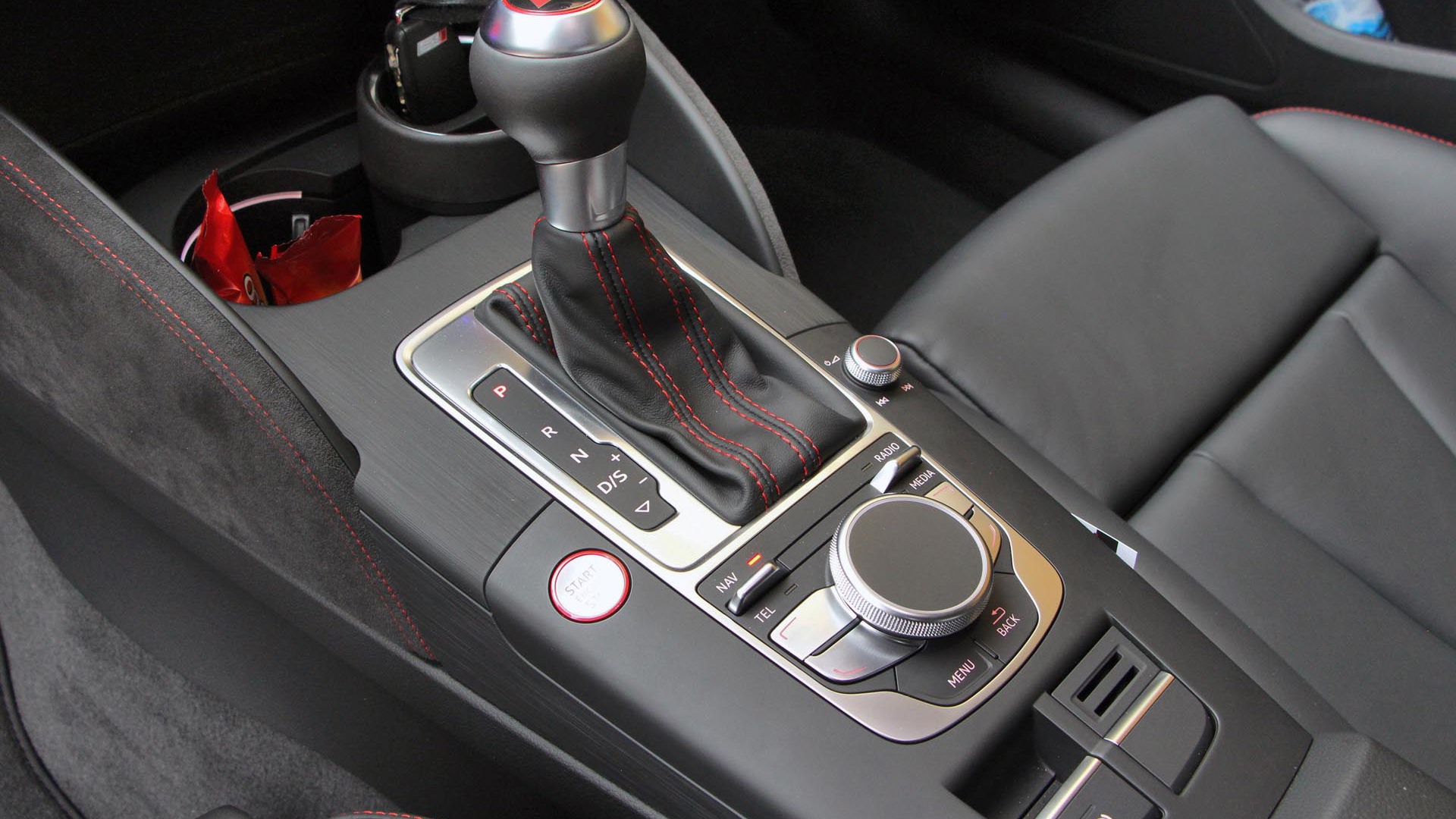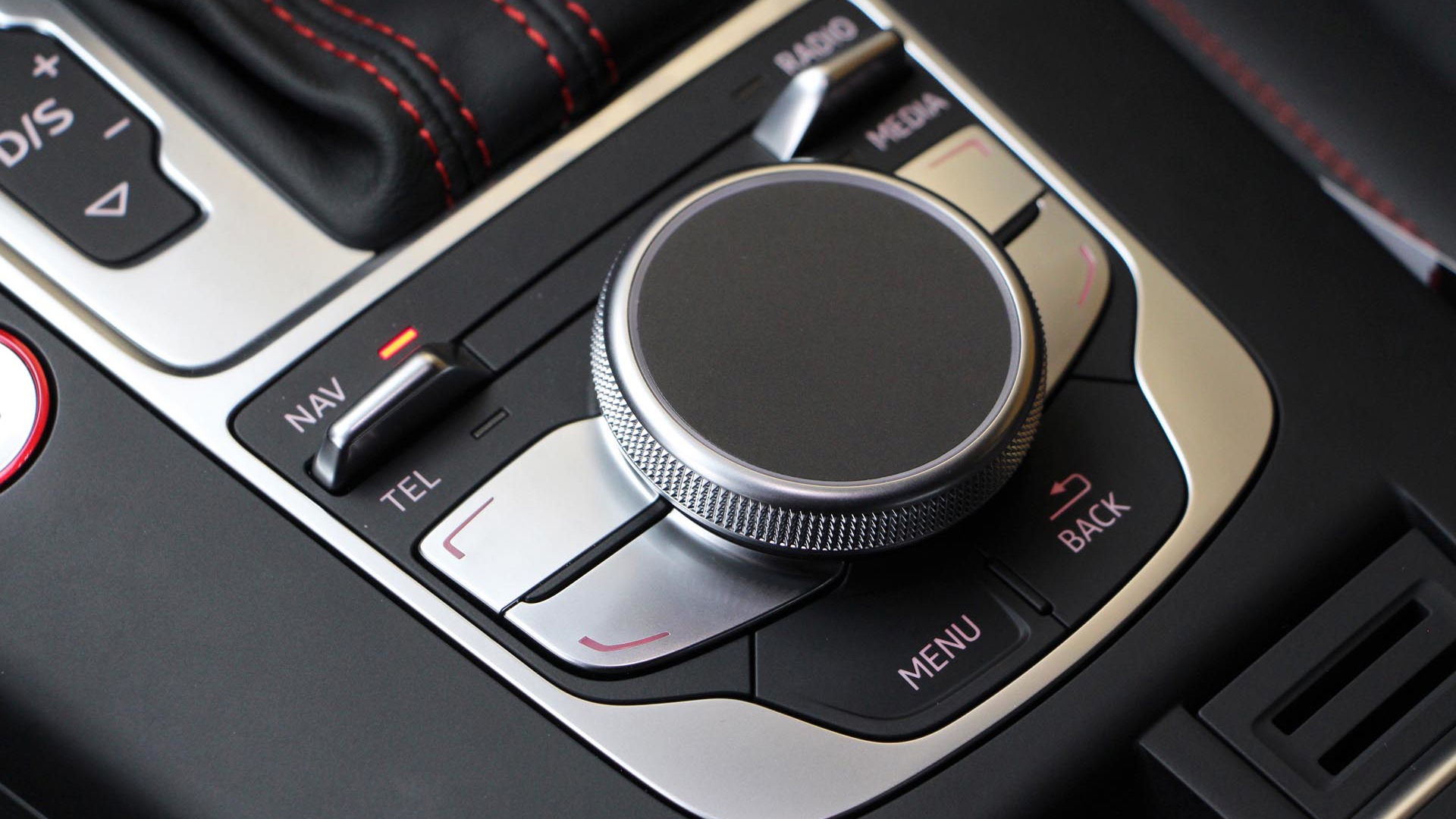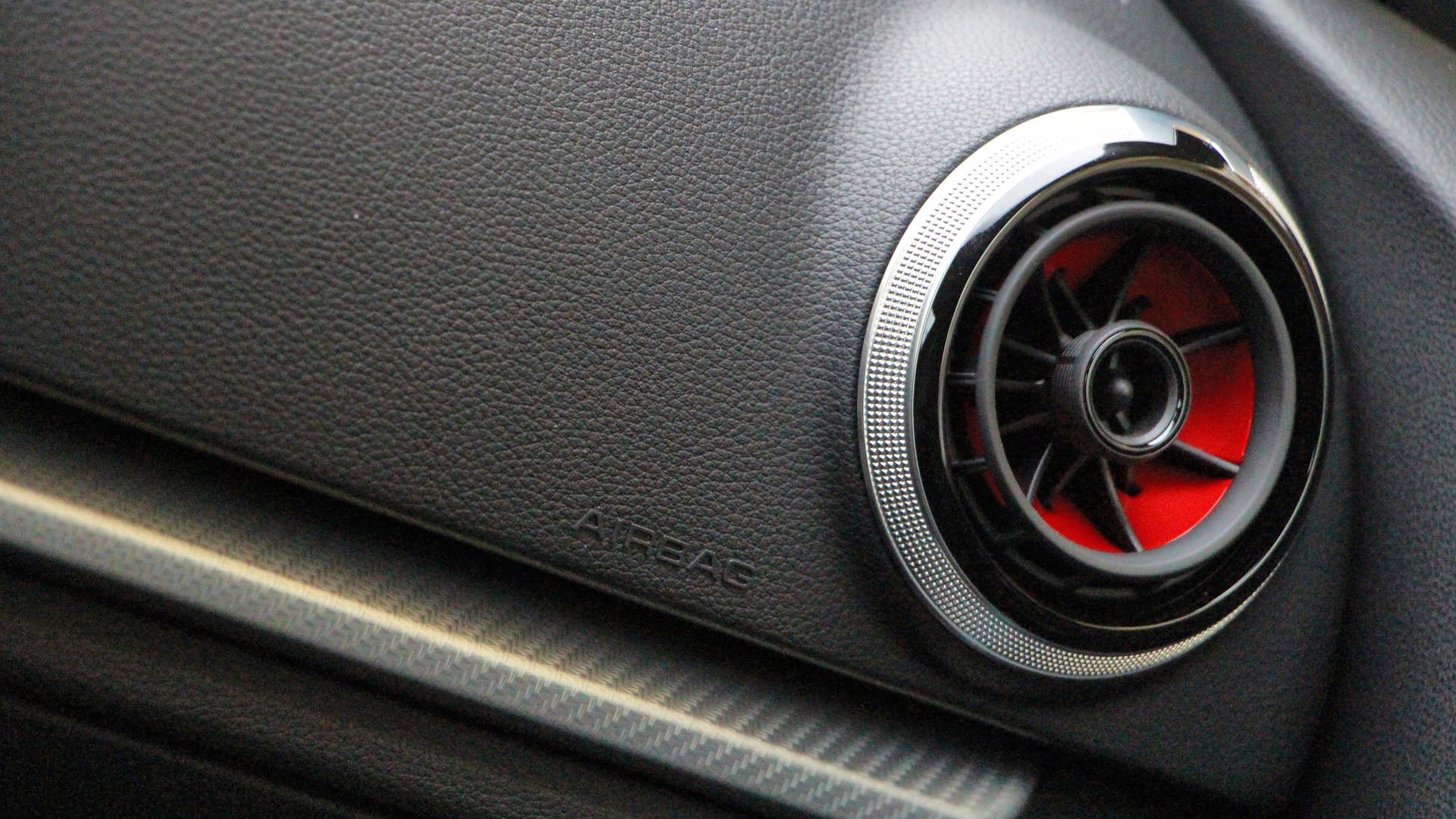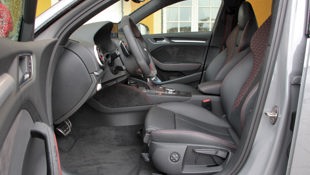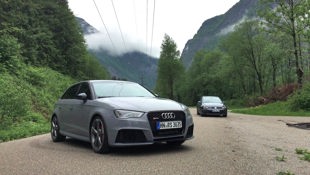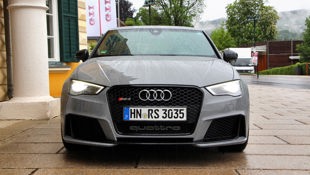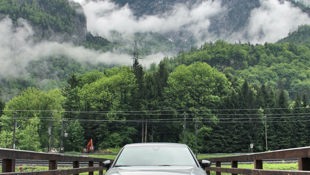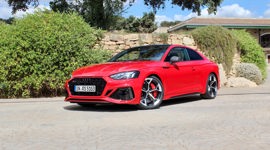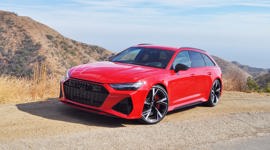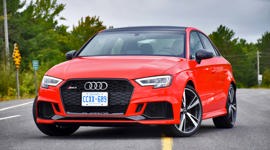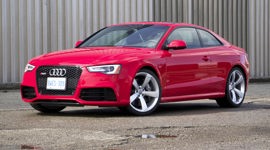This was the car I wasn’t supposed to review. It was just straight bonus.
Why this isn’t in Canadian showrooms right now is a tragedy of supply, demand bitch-slapping us like the invisible hand of denial.
The Audi RS3 hatchback.
The forbidden fruit of the forbidden fruit we sampled on our most recent European excursion. Why this isn’t in Canadian showrooms right now is a tragedy of supply, demand and business cases bitch-slapping us like the invisible hand of denial.
But we drove it. And we can’t get it out of our heads.
Based on the same MQB architecture underpinning the A3 and shared by such autoTRADER favourites as the VW Golf, GTI and Audi TT, the RS3 is the most aggressive example we’ve driven yet. The weather was perfect when we set out from our little resort on the shores of Austria’s Worthersee: warm and rainy. Perfect for demonstrating the range of Audi’s Quattro all-wheel-drive system when tuned for maximum attack by Audi’s RS division.
The RS3’s pulsating heart is a familiar one, the turbo inline-five-cylinder from the previous generation TT RS and Europe-only RS Q3, and an engine that can trace its lineage back to the original Quattro Coupes and rally cars of legend. Here we see 2.5L of displacement, direct fuel injection and a single turbocharger boosting the plant all to smithereens, earning this fast-five 367 hp from 5,500 to 6,800 rpm and 343 lb-ft of torque almost straight off the deck at 1,625 rpm. It braps and it blats with the best of them, the sideways five just big enough to give a deeper bellow, but still small and punchy, somehow coarse and silky at the same time, or at least that coarseness perfected into an art form. But it doesn’t just make noises. Turns out it helps the car go, too.
Audi’s official estimate to 100 km/h is 4.3 seconds, served up courtesy of the seven-speed dual-clutch S Tronic transmission and a version of Quattro all-wheel drive that can send fully all of its power to the rear wheels if necessary. While wet roads meant we couldn’t replicate that type of launch, it surely satisfied our hungry right foot. We had only a short time in the vehicle, and few standing starts, but where the RS3 showed its mettle was on repeated bursts of acceleration from dawdling highway speeds to impound speeds here in North America. A series of tunnels en route from Austria back to Munich also served to highlight the glorious noises of berserker downshifts and cackling (from the driver and engine) bursts of acceleration.
The speed isn’t all by virtue of outright power and traction, as the 1,520-kg current generation shed 55 kilos over its predecessor, thanks in no small part to the partial-aluminum MQB architecture, which also lends greater strength to the frame, allowing greater precision in the application of suspension fixings. Front MacPherson struts are paired with high-strength aluminum pivot bearings and progressive steering that tightens the ratio from 15.3:1 to 10.9:1 when pressing on in full-boogie mode.
The four-link rear suspension is constructed of rods of high-strength steel that divide and conquer, handling longitudinal and lateral forces separately. As expected, the RS 3 is lower than the standard A3 hatch, by 25 mm, specifically. Topping off the suspension trickery is Audi’s magnetic ride adaptive damper system, available as an option, and while we were loathe to, we briefly tested the still-very-firm Comfort mode before switching quickly back to maximum stiffness – the roads out here were nothing but immaculate tarmac made for driving pleasure. Damper firmness can be changed in tandem with throttle and transmission or fiddled with in individual mode of the Drive Select program.
It was actually our first few minutes in the car that were the most rewarding and the most revealing. Exiting the parking area, we jumped right into a series of bendy curves on a riverside B-road that had me giggling with glee but wishing for less rain and perhaps wider lanes. Without the RS3's almost OCD steering precision, small dimensions, familiar driving position and reassuring all-wheel drive, I would have been far less brave after just jumping into the driver’s seat. The tight road meant this was no place to test the hottest little Audi’s rotational dynamics, but it was ample proof of its eagerness to turn in and incredible resistance to understeer, of which there was only the occasional whisper despite some of the slick surfaces. But like I said, this was no place to be brave, with frequent oncoming vehicles going by at their own fair clip.
Also making the challenging road more inviting were superb brakes: internally ventilated discs measuring 370 mm in front and 310 mm at the rear. The front discs are perforated, with a wave design and clamped down on by eight-piston calipers with red-painted covers with the RS logo. If you ever spot an RS3 with grey-painted calipers, it’s a sign they’re equipped with the optional carbon-ceramic brake option, the first of its kind applied to a compact hot hatch
The 19-inch wheels were wrapped in 235/35 Pirelli P Zero rubber that served us faithfully in these tricky conditions.
The wheel in your hands is covered in leather and alcantara that were much more pleasant to the touch, and relayed the conditions clearly, with that adaptive steering ratio weighted well to provide a stable anchor for natural steering inputs. The seats, too, provide a stable platform with deep bolstering, and some visual drama with quilted leather with contrasting red stitching (matching that on the steering wheel, and door handles and the painted vents) seemingly stolen out of an R8. With weight savings in mind, the seats are manually adjustable, as is the steering column for a superb driving position and ergonomic haven.
Contributing to the ergonomic perfection is Audi’s large console-mounted controller that falls to hand with an elbow on the armrest, a large, high-res display that rises out of the dash as close as possible to the line of sight. Steering wheel scroll wheels and buttons offer redundant controls for common functions, or voice command shortcuts.
More on autoTRADER.ca: 2015 Audi A3 2.0TFSI Long-Term Test
Elsewhere in the cabin, the rear seat is finished in the same high quality materials, but there is no escaping the limited compact-car volume, with a trunk that provides only a minimum of space to go with its hatchback practicality and 60/40 split-folding rear seats and pass-through.
So it does offer a modest sort of day-to-day practicality, and it is both unassuming in appearance while marked by certain design touches that help it stand out to the trained Audiphile. Big fat twin exhaust outlets poking out from a black diffuser, big, 19-inch 5-spoke ‘rotor arm’ wheels, a black honeycomb grille and big gaping air intakes and a black lip spoiler slashing across our tester’s flat grey chiseled front end. Look under the hood and the visual drama continues with carbon fibre accents and the valvetrain cover itself painted RS red and the inner workings of this beast on display rather than some flimsy plastic shroud hiding its mechanical artistry.
The RS3 mixes the this subtle aggression and modest practicality with performance capability far beyond what is explorable on public roads, though a big, empty, snow-covered parking lot would be an enticing proving ground. If you’re more interested in reaching your destination quickly and securely, the stability of Audi’s Quattro AWD is on hand to provide surety against foul weather in all seasons while also offering dynamic properties for the enthusiast. Of course, the price might set it against the brand’s own TT RS and Porsche’s Cayman, though with a jeans-and-backpack style rather than a track suit. However, as in Europe, where its predecessor launched to resounding success, perhaps a similar success story is waiting in North America for this hottest of hatches.
Competitors:
BMW M2
Mercedes-Benz GLA 45 AMG
Volvo V60 Polestar
